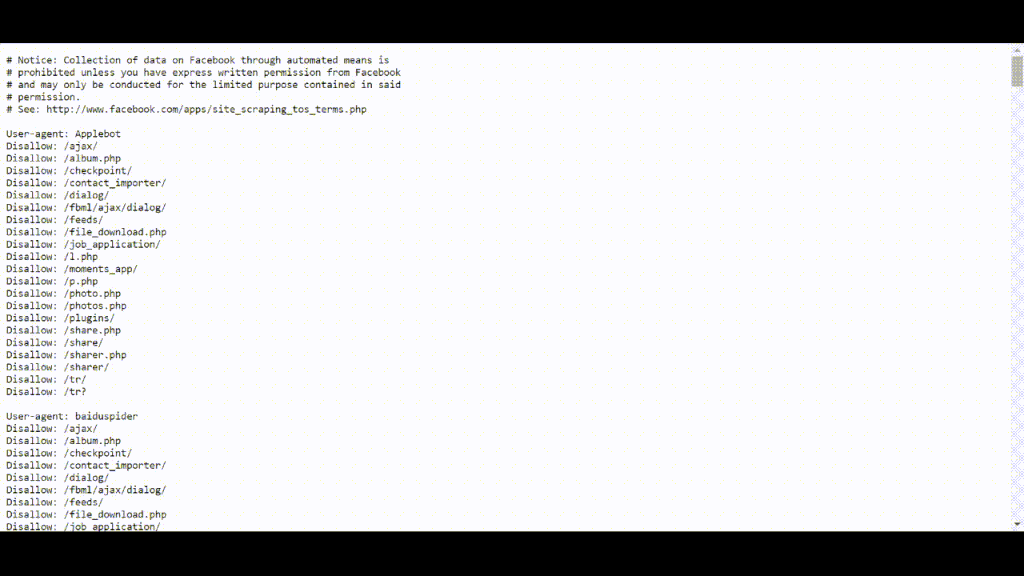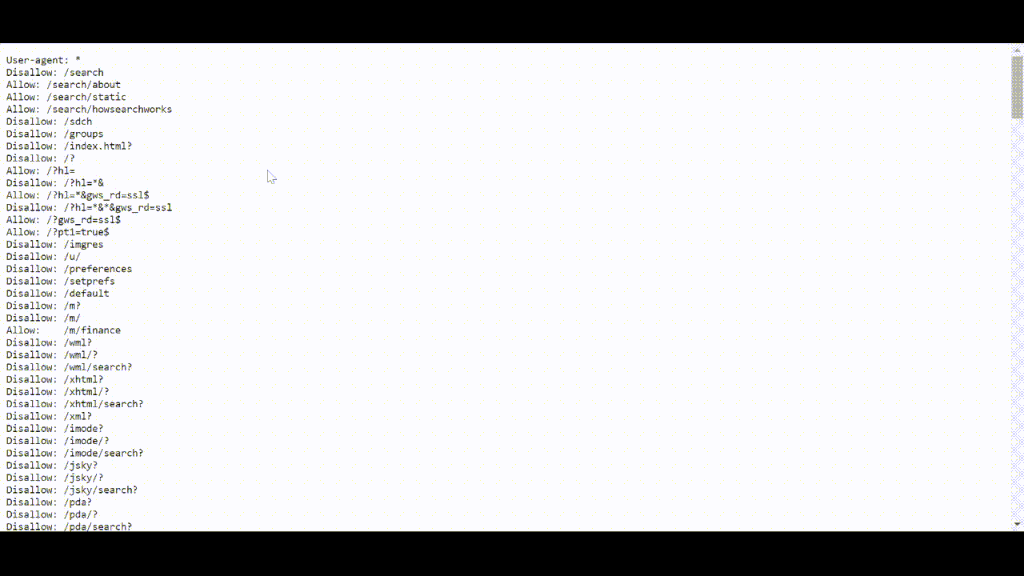Did you realize that you have unlimited authority over who creeps and records your site, down to singular pages?
The manner in which this is done is through a document called Robots.txt.
Robots.txt is a basic book record that locales in the root registry of your site. It tells “robots, (for example, internet searcher arachnids) which pages to slither on your webpage, which pages to disregard.
While not fundamental, the Robots.txt document gives you a ton of authority over how Google and other web search tools see your webpage.
At the point when utilized right, this can improve creeping and even effect SEO.
Be that as it may, how precisely do you make a successful Robots.txt record? Once made, how would you utilize it? Also, what missteps would it be advisable for you to keep away from while utilizing it?
In this post, I’ll share all you require to think about the Robots.txt document and how to utilize it on your blog.
What is a Robots.txt document?
Back in the beginning of the web, developers and specialists made ‘robots’ or ‘bugs’ to slither and file pages on the web. These robots are otherwise called ‘client specialists.’
Some of the time, these robots would advance onto pages that site proprietors would not like to get listed. For instance, an under building webpage or private site.
To take care of this issue, Martijn Koster, a Dutch specialist who made the world’s first internet searcher (Aliweb), proposed a bunch of guidelines each robot would need to hold fast to. These norms were first proposed in February 1994.
On 30 June 1994, various robot creators and early web pioneers arrived at agreement on the principles.
These guidelines were embraced as the “Robots Exclusion Protocol” (REP).
The Robots.txt record is an execution of this convention.
The REP characterizes a bunch of rules each real crawler or arachnid needs to follow. In the event that the Robots.txt teaches robots to not record a website page, each real robot – from Googlebot to the MSNbot – needs to adhere to the guidelines.
Note: A rundown of genuine crawlers can be found here.
Remember that some maverick robots – malware, spyware, email reapers, and so forth – probably won’t follow these conventions. This is the reason you may see bot traffic on pages you’ve impeded through Robots.txt.
There are additionally robots that don’t adhere to REP principles that aren’t utilized for anything sketchy.
You can perceive any site’s robots.txt by going to this url:
https://[website_domain]/robots.txt
For instance, here is Facebook’s Robots.txt record:

What’s more, here is Google’s Robots.txt record:

Use of Robots.txt
Robots.txt is anything but a fundamental record for a site. Your site can rank and become totally well without this document.
Nonetheless, utilizing the Robots.txt offers a few advantages:
Deter bots from slithering private envelopes – Although not awesome, denying bots from creeping private organizers will make them a lot harder to record – in any event by real bots, (for example, web crawler bugs).
Control asset use – Every time a bot creeps your site, it depletes your data transmission and worker assets – assets that would be better spent on genuine guests. For locales with a great deal of substance, this can heighten expenses and give genuine guests a helpless encounter. You can utilize Robots.txt to impede admittance to contents, irrelevant pictures, and so forth to preserve assets.
Focus on significant pages – You need internet searcher creepy crawlies to slither the significant pages on your website (like substance pages), not waste assets burrowing through pointless pages (like outcomes from search inquiries). By closing off such futile pages, you can focus on which pages bots center around.

